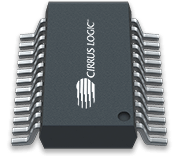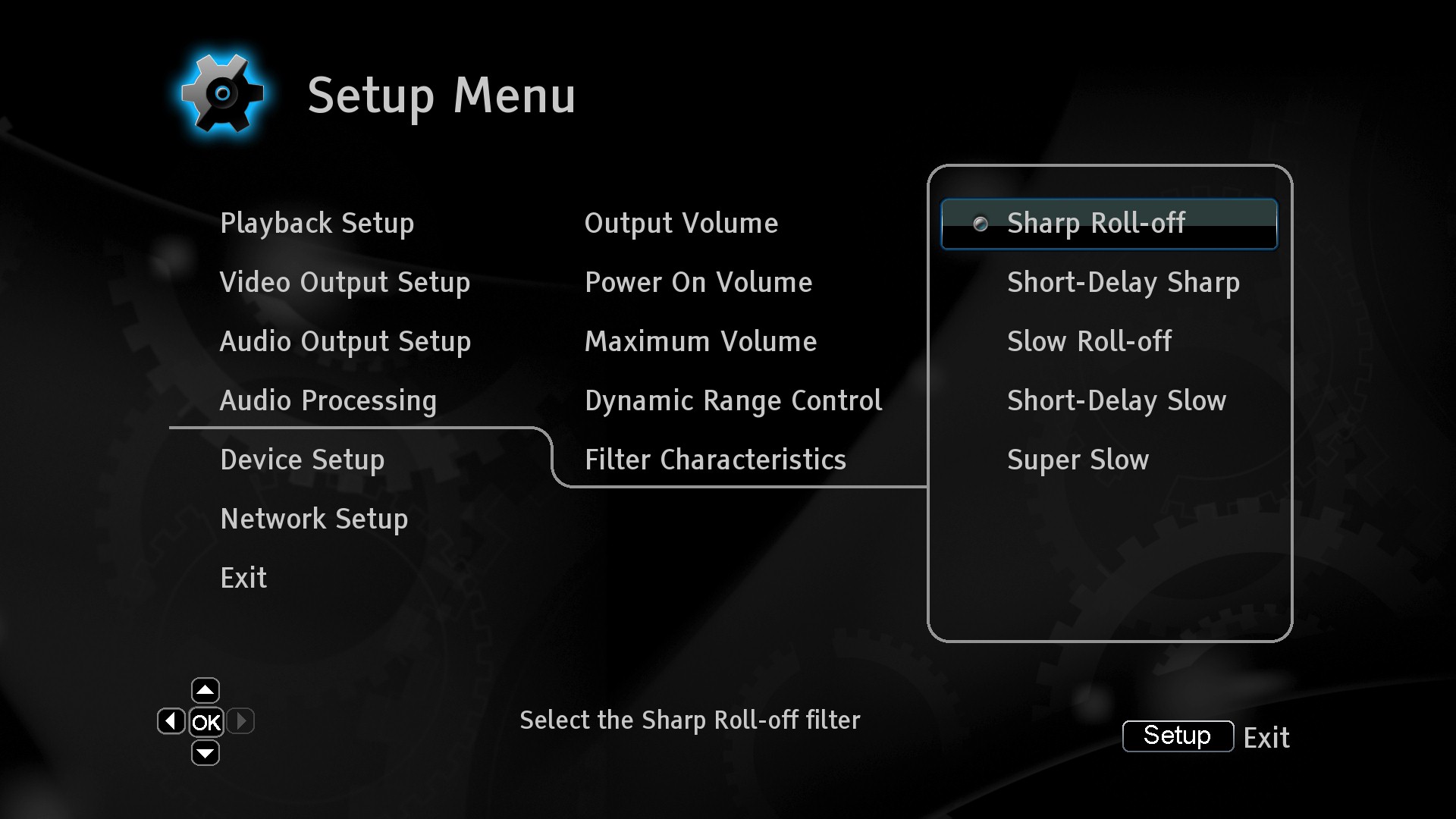

When we get to the territory of Apple’s dongle and above, I presume it’s safe to say that subjectively perceivable differences are minimal? Is it worth testing? Is that not what quite a few reviewers (who appear to seriously spend their time listening on varied earphones etc and writing reviews) are aiming to do? Sometimes it’s possible to hear how Apple’s dongle is somewhat different, less ‘present’ as if the thickness of sound has been reduced. On speakers, it’s usually a comparison between terrible motherboards and actual DACs which highlight vast differences. If so it would it be due to implementation? We do know that CS43131 is unlikely to be vastly different across different products.
#Cirrus logic cs4398 vs ak4458vn professional
There is the question: in a volume matched comparison of various dongles in a professional studio with studio monitors (speakers) will the sound be subjectively different between dongles. Or on taobao $35-$40-ish with TempoTec SHDP… Or $13 USD on taobao or $24 AUD on aliexpress like Meizu HIFI Just for placebo.Ī rough division of price ranges for best cost performance ratio dongles: Dual CS43131 is usually for balanced output, but to be fair, they seem to be doing the same anyway for unbalanced. I wanted to ask, why is UA2 able to use ESS ES9038Q2M DAC & Ricore RT6863 amplifier to achieve PCM 32/768 + DSD512 when the same ES9038Q2M is used in E1DA’s DAC but no PCM 32/768 is supported?Īs for pricing, dual CS43131 dongles are pricey and might not be that much different, given that CS43131 is easy to implement but has little room for improvement, unlike higher ESS AKM chips. What’s CS46L41 doing – is it acting as a USB bridge?

Meizu has CS46L41 but still uses CS43131…why? Isn’t CS43131 superfluous? It’s not like the DAC and amp are split between chips. I wanted to ask, some dongles only use CS46L41 (not CS46L06 of Apple)+SA9302L. That's my infatuation with codec chips and their useless and sometimes misleading specs. I assume that ALC889DSD’s own amp wouldn’t be used in that case.ĬXD9872 and ALC889DSD were marketed as 'Sound Reality' chip by Sony - they used to list S/N ratios on documents pertaining to walkmans, S-Master amps and VAIO Sound Reality (as chip direct output, not individual implementations).

Some desktops paired ALC889DSD with the Sony S-Master amp. Later Sony switched to ALC889DSD by Realtek, which could allow MIC IN DSD recording. Notably the CXD9872 was stated by Sony to be their ‘own’ codec chip, when in reality, buyers noticed that the foundations were from Sigmatel. Ever since Sony VAIO’s strong advertising of DSD and their Sigmatel/IDT (VAIO 2005-08) CXD9872 implementations I have had an infatuation with codec chips. It is now common knowledge that these first appeared for smartphone jack replacement, but subsequently, thanks to USB-C to USB A adaptors, could be used in PCs to replace Realtek ‘crab’ sound. I value DSD and 44.1kHz multiples of PCM. If I had to choose between Meizu and Apple, I’d choose Meizu. Meizu Hifi’s circuitry is encased in metal though. Meizu Hifi is like a longer version of Apple’s TPU dongle, except black. Tempotec SHDP has Savitech’s ASIO driver, and so can sometimes playback DSD256. Meizu Hifi cannot record DSD, but at least it can record only 16/48 PCM mono which Tempotec SHDP cannot. On the other hand, IVX has recently again proposed Meizu Hifi as the better choice over Tempotec SHDP. I have repeatedly read that Meizu Hifi will be affected by the quality of the 5V USB rail. Later in 2020 products with dual CS43131 such as iBasso DC03 began appearing. It was Hidizs / Tempotec / Meizu that first drew my attention to CS43131.


 0 kommentar(er)
0 kommentar(er)
